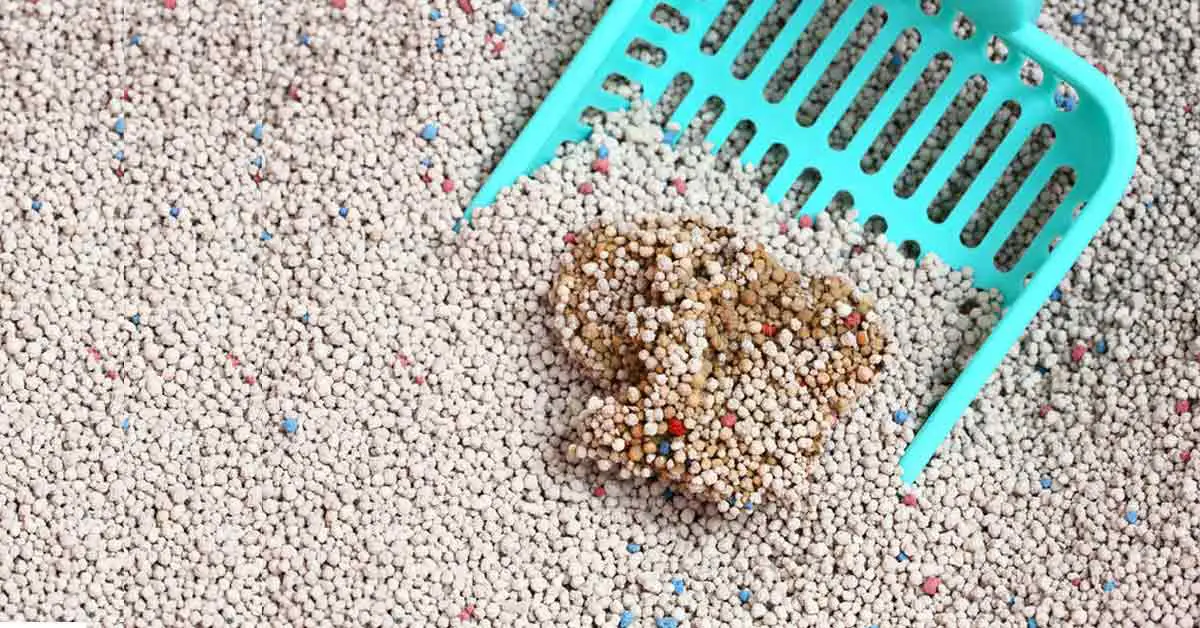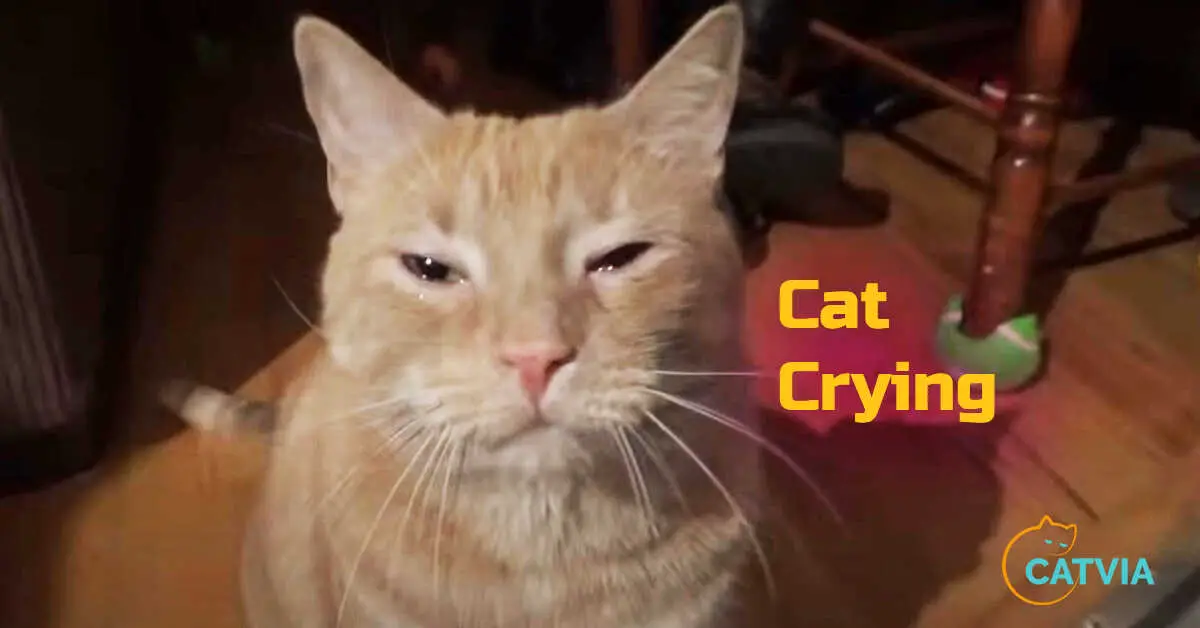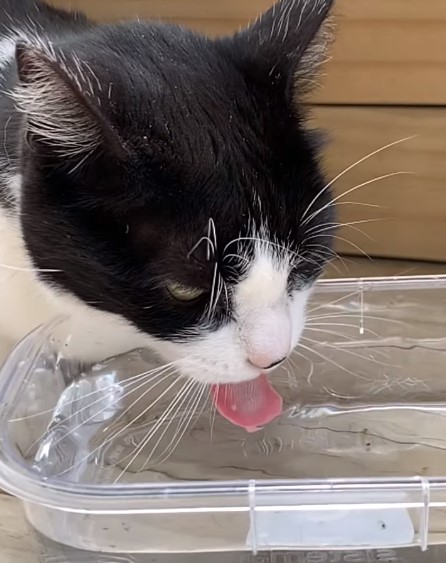Having a new cat, you might have noticed that different cats react or smell differently. The litter is used to cover the cat’s feces. It helps cats clean and safe space. But the question is, what kind of cat litter should I use?
Using cat litter depends on your individual cat’s preferences. Some cats prefer clumping litter, while others prefer non-clumping litter. Some types of litter are made from natural materials, while others are made from synthetic materials.
Consider the best litter for your pet. Observe mainly the likeness of your cat and odor from the cat litter box. Experiment with different types and textures to find the best match for your cat or kitten.
Types of cat litter
There are various types of kitty litter available. Good litter helps us to keep smells down, low dust, clumps well and is easy to dispose.
The most common types of litter are:
- Clay litter
- Silica gel litter
- Pine litter / Wood litter
- Wheat litter
- Grass litter
- Corn litter
- Walnut shell litter
- Paper litter
- Coconut Husk
Related: If a cat eats cat litter will it harm him?
Difference between clumping and non-clumping cat litter
Cat litter can be clumping or non-clumping. It depends on how often pet parents clean and empty the litter box. Clumping litters form scoopable, solid masses for quick and easy waste removal and vice versa.
Clumping cat litter is better for odor control than their non-clumping counterparts. Choose the right one according to your free time.
Scented or unscented cat litter?
Cat litter comes in both scented and unscented varieties in the market. Scented litters are designed to control litter box odors. Some cats dislike strong scents and prefer natural litter. The scent can be from natural or artificial sources.
Unscented litter brands use ingredients like carbon and natural plant extracts to reduce odors from urine, feces and feline skin. This reduces litter box smells to keep you and your kitty happy.
What kind of materials are used to make cat litter?
Silica gel litter
Silica-type litters are available in both scented and unscented varieties. They don’t clump, highly absorbent, can be reused in a period of one month, trackless and dust-free, quite expensive than other litters, and some cats don’t like the feel of crystal litter on their paws.
Read Next: Is silica cat litter flushable?
Paper litter
Recycled newspapers made liters are available in a pellet form and don’t clump. They are eco-friendly, dust-free, affordable than most natural litters, great for cats recovering from surgery, less odor control than other litters, not flushable or compostable and need more frequent changes than other litters.
Walnut shell cat litter
Walnut shell kitty litter is made from walnut shells and has a natural scent in it. This type is available in both clumping and non-clumping varieties, highly absorbent, biodegradable and made from a renewable resource, low dust, low tracking and doesn’t clump as easily as clay litter.
Wood made litter
Wood made litter comes in pellet form that is a natural pinewood byproduct and has a natural scent. The pine scent acts as a natural deodorizer. They are not clumpy, dust-free, environmentally safe and biodegradable, and can be used for landscape mulch and composting. Some pet parents may find pine scent too strong.
Wheat made litter
Wheat made litters are available in both natural and scented varieties. Starch like wheat has enzymes that neutralize odors. They are natural clumping, naturally clumping, dust-free, biodegradable and earth-conscious, may not clump as firmly as clay litter, and must be stored carefully to prevent pests. They are eco-friendly.
Coconut husk made litter
Coconut husk made litters are made from the husks of coconuts. Coconut Husk has a natural scent, clumps lightly, dust-free, biodegradable and earth-conscious, made from a renewable resource, compostable, more difficult to find than more traditional cat litters. It can be recycled as part of garden compost.
Corn made litter
Corn made litters are available in both natural and scented varieties. They are natural clumping, dust-free, biodegradable and earth-conscious. It may be pricier than other litters.
Clay litter
Clay is a popular cat litter material on the market that is available in both scented and unscented varieties. They are quick clumping. This litter is best for clumps quickly for easy cleanup, good odor control, typically needs to be changed less frequently than other litters.
But it is not biodegradable and may create dust. Many clay litter brands choose carbon and plant extracts to absorb odors.
Grass seed cat litter
Grass seed cat litters are made by mixing grass seed with clay and water. The clay is used to bind the grass seed together and the water is used to keep the grass seed from drying out.
The grass seed in these litters is usually a type of rye grass. Rye grass is a very hardy grass that can grow in a wide range of climates. It is also a very drought tolerant grass, which makes it a good choice for litter.
There are a few disadvantages to using grass seed cat litters. One is that they can be messy. Another is that they can be difficult to scoop.
Another type of grass seed cat litter is made from wheat straw. Wheat straw is a byproduct of wheat farming. It is a very absorbent material and it is also very cheap.
The disadvantage of using wheat straw as cat litter is that it is not as absorbent as grass seed.
FAQ’s
What is the safe cat litter for kittens?
Actually different kittens will have different preferences. Some common safe cat litters for kittens include clay, paper, and corn-based litters. If you are unsure about what type of litter to use for your kitten, it is best to consult with your veterinarian.
Is clumping safe cat litter for kittens?
It is not recommended to use clumping cat litter for kittens. Kittens can easily ingest the clumping agent, which can cause serious health problems. Additionally, kittens are more likely to develop asthma if they are exposed to clay-based litter.
Is grass seed cat litter safe for cats?
Yes, grass seed cat litter is safe for cats and kittens.
What to do if you can’t buy cat litter?
If you can’t buy cat litter, you can make your own by mixing together 2 parts sand, 1 part clay, and 1 part wood ashes. Another option is to use shredded newspaper. Soak the newspaper in water overnight, then drain it and put it in the bottom of the litter box. Another thing you could do is to use a layer of corn cob bedding, available at pet stores.
His professional interests include humane education, ethics, small animal behavior, and veterinary. As a pet lover from school life, having grown up with two cats and a dog. If he isn’t spending time with his friends and family, Justin enjoys traveling. Learn more about Justin here.
Find him on: Facebook
Read his latest ARTICLES



